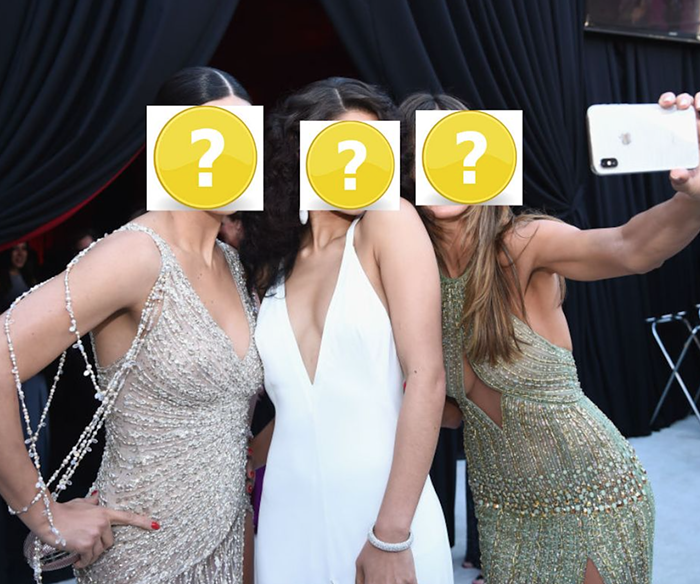The stuff of science fiction tends to be dismissed as sheer escapist fantasy. But as more and more of its paranoid conspiracies and hyperbolic technology worm their way into reality, the genre's uncanny forecasts are hard to ignore. Artists, of course, have long claimed such visionary faculties. And while that assessment is certainly indulgently Romantic, there's no denying the prophetic powers of art, either.
Observing the overlap between the two, local artist Nathaniel T. Price has curated the group show Impossible Instruments, Future Flags at Fourteen30 Contemporary. Some of the pieces outwardly nod to science fiction: Alex Felton's papier-mâché sculpture "Tetsuo's Arm," which refers to the cult manga Akira; or Arnold J. Kemp's glittering black-and-pink paintings, directly inspired by Star Trek episode #309. But more often than not, the work in Impossible Instruments is opaque, even a little alien. Given the backdrop of science fiction, we're cued to read them as images whose meanings are not yet legible to us. Whether the work Price has gathered is inscribed with some future truth belongs to time, but, at the very least, it creates a playful subtext of mystery when viewing it.
Perhaps the most fascinatingly dense work in the show is Kristan Kennedy's three nearly monochrome paintings. Paired in the gallery's front room, she presents two figures that, while amorphous, still seem vaguely human. Painted in controlled, but effortlessly fluid strokes, they strike a precarious balance between strange inscrutability and organic inevitability. Dana Dart-McLean's diptych "The Sound of Music" is charged with a similar tension. Here, two small paintings of a group of trees—one in daylight, one at dusk—are hung at varying heights and "framed" in a wall-drawn hexagon. In each painting, a central tree is surrounded by lines: stiff, primary-colored rods on the left and prismatic squiggles on the right. On the one hand, Dart-McLean's work is clearly attempting to give a physical representation to a non-visual sensation: The titular music appears as undulating bands of color. But there's a greater logic at work here, too, about memory and time. It's barely perceptible now, but, then again, maybe it was painted for a future generation.













